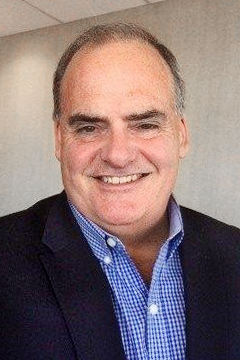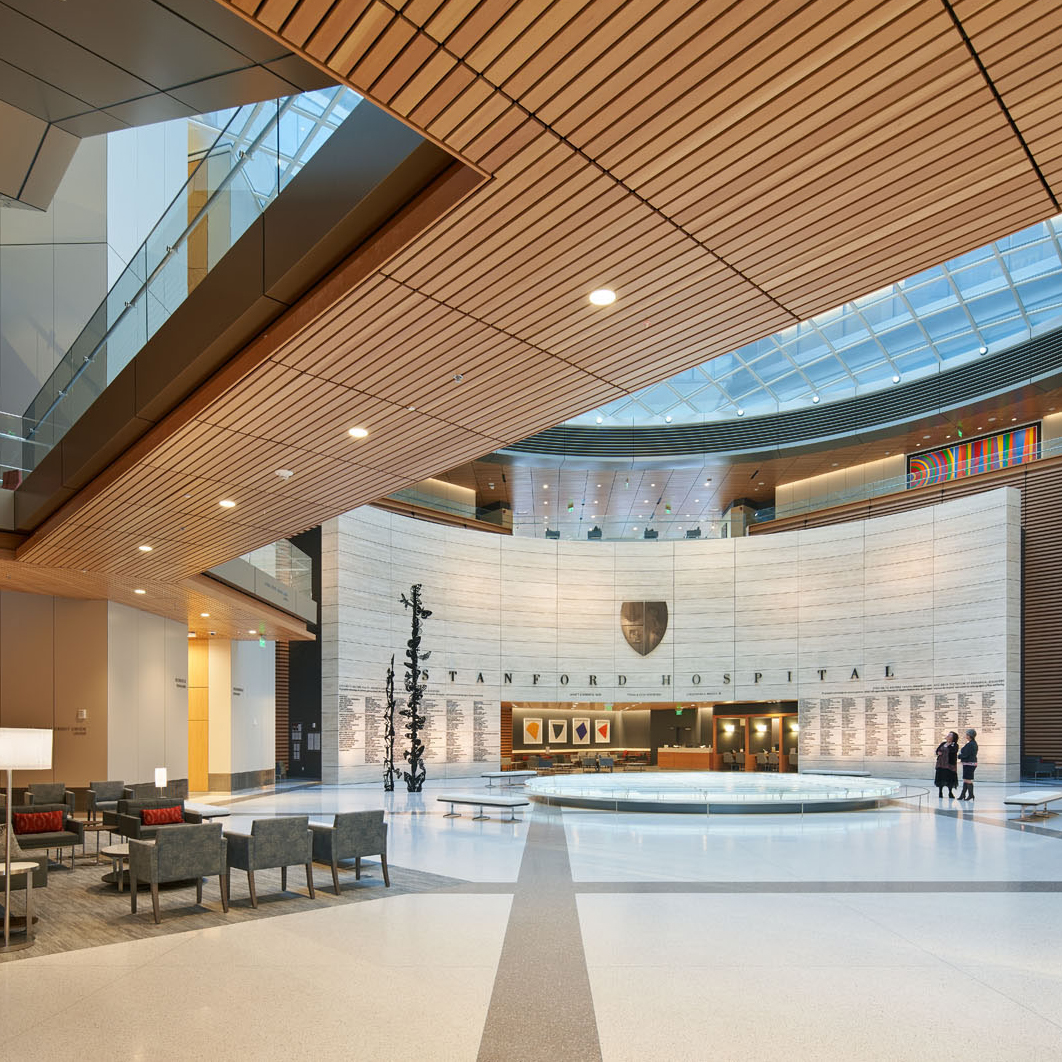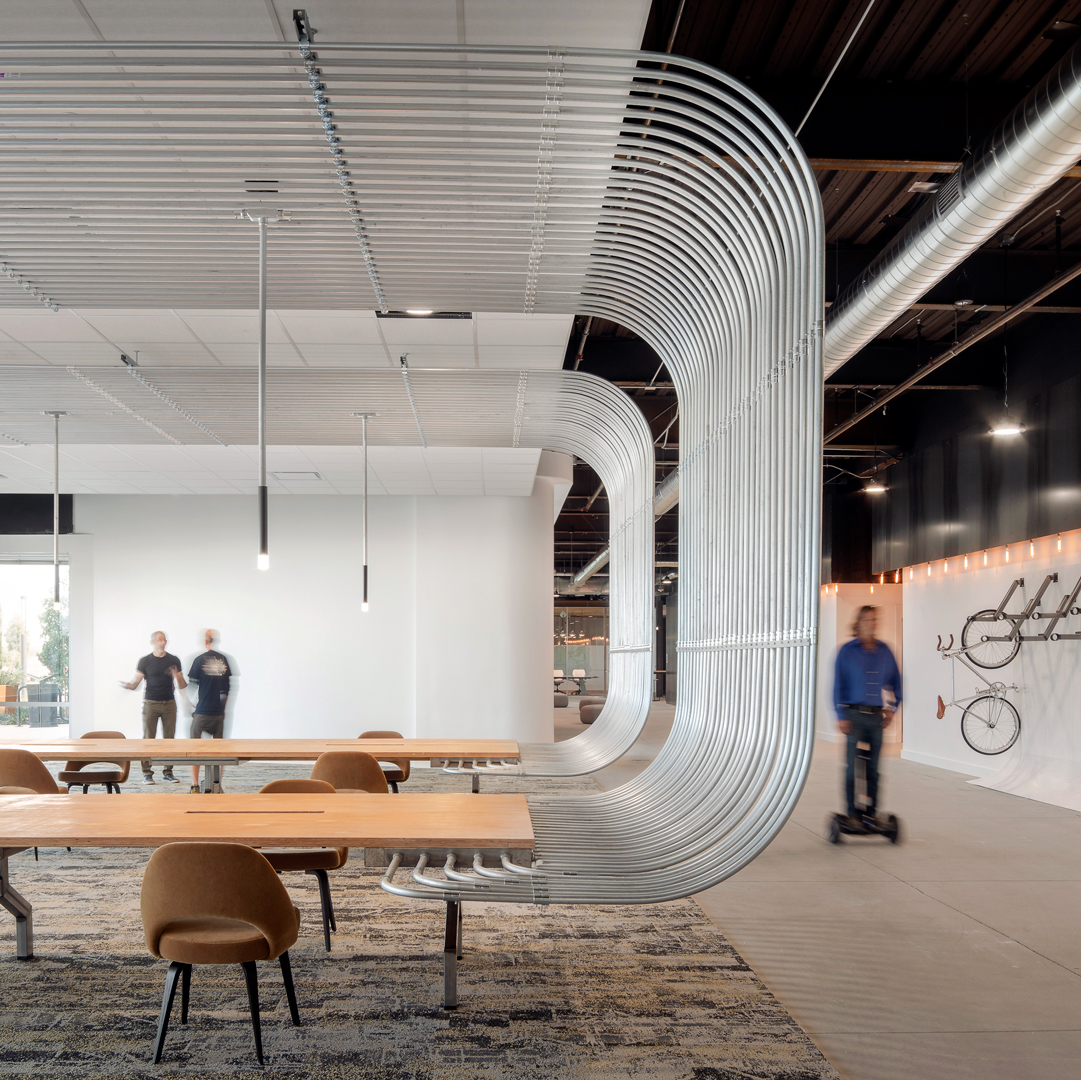|
Getting your Trinity Audio player ready...
|
“If I could, I would have music playing in the background while I tell you about our 360-assessment process,” Richard “Rich” Bettina jokes. “I think we’re on the leading edge with this, and Scott and I will be happy to take any royalties to its wider success in the industry.” Bettina, senior director of Fresenius Medical Care’s real estate portfolio, refers to Scott Silva, director of construction projects and, as is quickly made apparent, his right hand.

The relationship between the two came to fruition through Silva’s recent promotion to director, coupled with Bettina’s decades with tech-minded businesses like Dell EMC, IBM, and Teradyne. Their interplay feels natural and centered. It’s clear that Bettina has helped bring out the best in Silva, and Silva has stepped up in a big way in his director role.
At a time when the coronavirus pandemic has sent the bulk of Fresenius nonmedical staff home to work, the real estate team was already well ahead of the curve with plans to study the layout and methodology for the company’s 500-plus nonclinic facilities spread throughout North America. Over the last year, the real estate and construction teams have undertaken the implementation of a new Integrated Workplace Management System (IWMS) with iOFFICE, an intertwined Vergesense-powered layout study to establish space utilization (with new social distancing norms now front and center), all part of a cohesive 360 assessment process proposed by Bettina to better calculate Fresenius future planning for years to come.
A Better View
The foundation of Bettina’s approach to the 360 assessment is based on what the senior director calls his “is map.” He explains, “I always believe that it is important to understand where a company is trying to go, what it wants to do, and where you’re trying to go. Oftentimes, people are trying to push their own agendas instead of understanding and assessing what’s really going on. I’ve always had this ‘is map-to-be map’ as my construct. It’s about helping individuals reach their fullest potential and the decisions you need to make today and how it relates to tomorrow, next month, or 10 years from now.”
“I remember sitting back in Rich’s conference room in 2019, going through this 360 program, the ‘is map,’ and these utilization studies on a whiteboard,” Silva says. “It’s pretty amazing that in this short period of time how we’ve really pulled it together. It’s a functioning process that we’re able to step and repeat across North America.”
Bettina’s case for the 360 assessment process is clear. “It’s fairly basic,” he explains. “To support whatever capital spending you need to make, this allows us to leverage the corporate space we have and assess the rates against the market. Why wouldn’t we do this?”
Before Fresenius invests capital for space, it can first be compared against available company space within a 30-minute drive and, if there is excess space available, allows for reutilization before spending more capital. If contracting new space makes sense based on lease rates versus a better opportunity, the real estate team can make a recommendation to the executive team.
“We’ve found some very surprising ‘gotchas’ here,” Bettina says. “We might have been way over market in our pricing and we might have a location with only half-utilization a mile away.”
Partners in Space
Bettina and Silva agree that vendor partnerships have played an extensive role in the real estate utilization studies. In an effort to examine current space use, Bettina suggested partnering with Vergesense whose sensors are able to collect usage statistics like how long employees are occupying parts of space, anonymously and with employee privacy in mind.
“We were able to install these wireless sensors over a weekend and they were collecting data of about 100,000 square feet,” Silva explains. “It’s been very helpful to build cases to make proposals to the executive team on real estate. For the longer term, we’re looking at installing sensors throughout our facilities on a much broader scale and assessing the use continually as we push forward and adjust space accordingly.”
That data is able to flow into Fresenius’ iOFFICE IWMS, another partnership both men say has paid dividends. “The implementation of the iOFFICE infrastructure has helped us to continue to develop what the future of work looks like from a design standpoint,” Bettina says. “We’ve been able to do this without missing a beat, even with people out of the offices.”
The iOFFICE team is just as pleased with the outcome. “We’re thrilled to support Richard and the entire Fresenius team as they make a crucial next step in growing their business: creating a safe, agile workplace that engages employees,” says Mark Peterson, CEO of iOFFICE. “By combining an open-plan layout and flexible furnishings with an integrated workplace experience tool, they’ve positioned themselves to scale for future success.”
Somehow, workers being sent home hasn’t stymied progress for the real estate team in the least. But new social distancing requirements do provide a new quirk in space utilization plans. Fortunately, underutilization of space has provided a strong position for the real estate team to examine how best to move forward in the new future of work. “We could see an overcapacity of space before the pandemic even started,” Bettina says. “Our future building plans and the new design of these spaces will allow for us to be more flexible and have tangible data to back up our planning.” Social distancing, part-time onsite utilization for remote workers, and high-use times will all be made more efficient and effective with the real estate team’s focus on accumulating actionable data.
“It’s been very exciting to see this getting a lot of traction in the company,” Bettina says with a hint of pride. “We’re seeing real results and real executive buy-in, and I think we’re helping change the company.” The senior director who voices absolute disdain for bureaucratic red tape sees it as his due diligence to provide fact-based options for the executive team, free of motive with only the company’s best interest in mind, and it’s clear his ongoing mission is headed in the right direction.
“Rich has helped provide my team with a much broader, big-picture vision with great leadership and support to help us get to the endgame we desire,” Silva says. “I agree with Rich that I think we’re going to help change the company in a way that can positively affect it in the long-term. It’s a responsible, proactive view. Rich has really pulled a great team and great processes together to get these projects done.”


